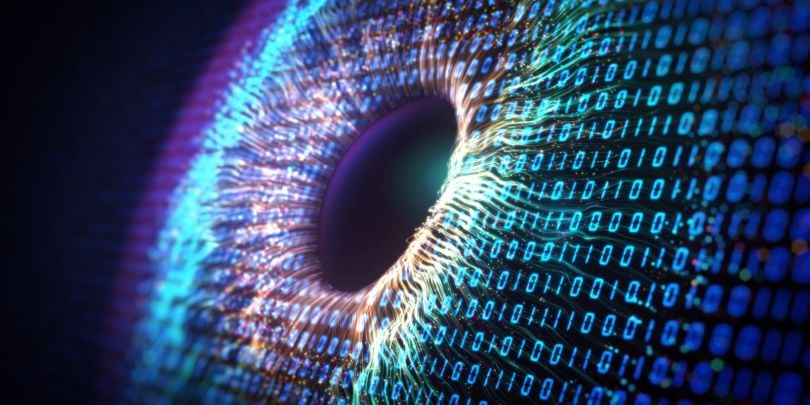Weel 1: MBA 6101 Embracing the Future: Insights from Chapter 1 of "Surfing the Tsunami"
Embracing the Future: Insights from Chapter 1 of "Surfing the Tsunami"

Welcome to our exploration of Tod Kelsey's "Surfing the Tsunami: An Introduction to Artificial Intelligence and Options for Responding." In this blog post, we’ll delve into Chapter 1, which sets the stage for understanding the profound impact of technological advancements on our world.
The Dawn of a New Era
Chapter 1, aptly titled "The AI Revolution," introduces us to the rapid advancements and growing significance of artificial intelligence in various sectors. Kelsey begins by highlighting the transformative potential of these technologies, comparing the current AI revolution to past industrial revolutions that fundamentally altered the course of human history.
Kelsey emphasizes that this technological wave is not a fleeting trend but a powerful force that is here to stay. The chapter underscores the importance of recognizing these capabilities and the urgency of adapting to their pervasive influence.
Understanding Artificial Intelligence
A critical part of understanding AI's impact is grasping what artificial intelligence truly entails. Kelsey provides a clear and concise definition, explaining it as the simulation of human intelligence in machines that are programmed to think and learn. This encompasses various technologies, including machine learning, natural language processing, and neural networks.
By breaking down these concepts, Kelsey makes the idea of AI accessible to readers, demystifying the technology and encouraging a deeper appreciation of its potential.
AI in Everyday Life
One of the most compelling sections of Chapter 1 is Kelsey’s exploration of how artificial intelligence is already embedded in our daily lives. From virtual assistants like Siri and Alexa to recommendation algorithms on Netflix and Amazon, these technologies are seamlessly integrated into our routines, often without us even realizing it.
Kelsey’s examples illustrate the pervasive nature of AI and its ability to enhance convenience, efficiency, and personalization in various aspects of life. This section serves as a wake-up call, reminding us that AI is not just a futuristic concept but a present reality.
Economic Impact
Chapter 1 also delves into the economic implications of these advancements. Kelsey discusses how AI is reshaping industries, creating new opportunities, and posing challenges to traditional job roles. The rise of automation and intelligent systems means that certain jobs may become obsolete, while new roles and industries emerge.
Kelsey stresses the importance of adaptability and continuous learning in this evolving landscape. By equipping ourselves with relevant skills and knowledge, we can better navigate the shifting job market and leverage new technologies to our advantage.
Ethical Considerations
Another crucial aspect addressed in Chapter 1 is the ethical dimension of artificial intelligence. Kelsey acknowledges the potential risks and ethical dilemmas associated with AI, such as privacy concerns, bias in algorithms, and the need for transparency and accountability in these systems.
Comments
Post a Comment